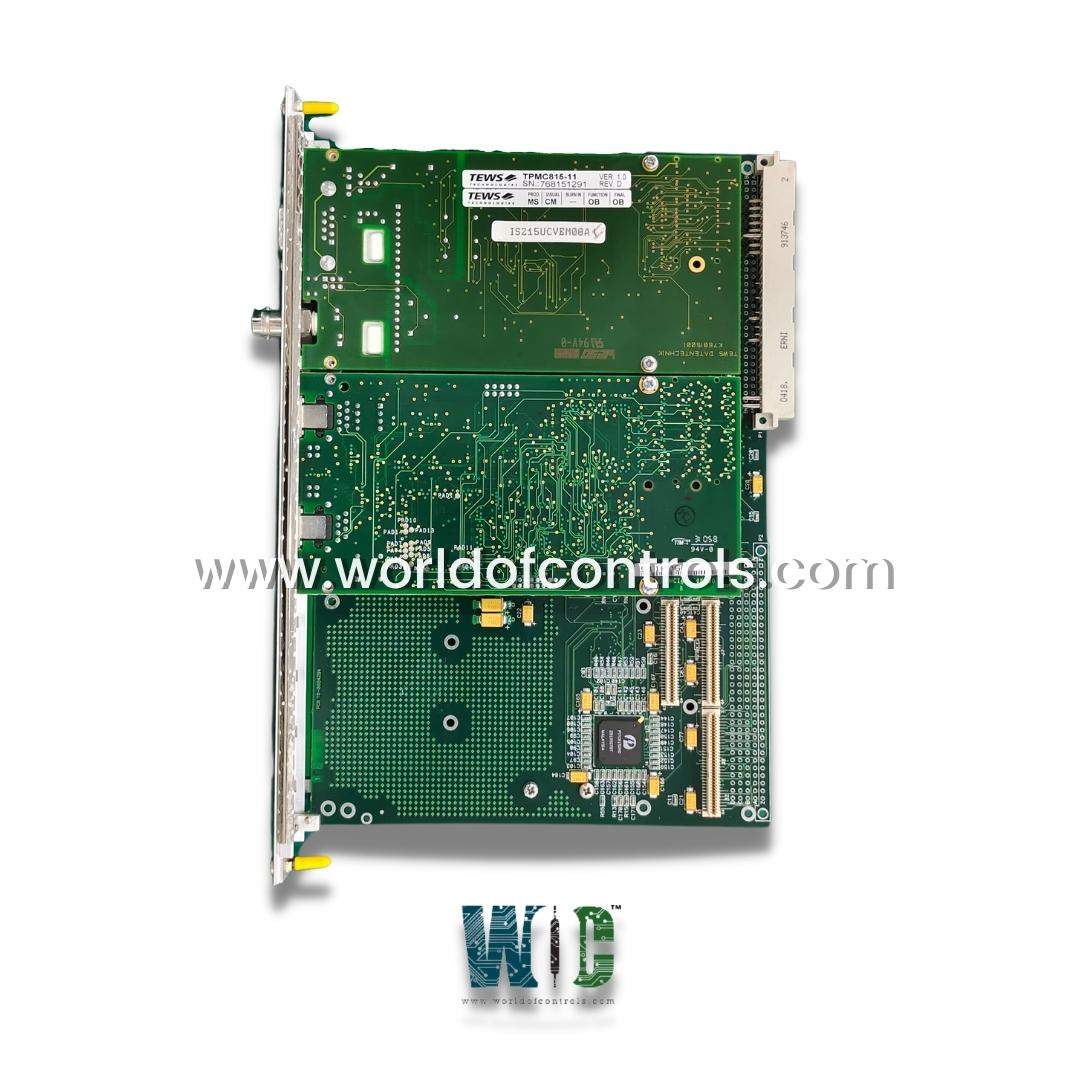
World Of Controls understands the criticality of your requirement and works towards reducing the lead time as much as possible.
IS215UCVEM03A - Single-slot Module is available in stock which ships the same day.
IS215UCVEM03A - Single-slot Module comes in UNUSED as well as REBUILT condition.
To avail our best deals for IS215UCVEM03A - Single-slot Module, contact us and we will get back to you within 24 hours.
Part No.: IS215UCVEM03A
Manufacturer: General Electric
Country of Manufacture: United States of America (USA)
PROFIBUS Interface: PROFIBUS DP master class 1
Temperature Operating: -30 to 65 o C
Microprocessor: Intel Celeron 300 MHz
Operating System: QNX
Product Type: Single-slot Module
Availability: In Stock
Series: Mark VI
IS215UCVEM03A is a Single-slot Module developed by GE. It is part of Mark VI control system. With a single 10BaseT/100BaseTX (RJ-45) Ethernet port, the UCVEM facilitates seamless connectivity to the Universal Display Hub (UDH), enabling efficient data exchange and communication within the Mark VI system. Moreover, the UCVEM supports the integration of additional Ethernet ports and Profibus, further enhancing connectivity options and flexibility for system integration.
The WOC team is always available to help you with your Mark VI requirements. For more information, please contact WOC.
What is IS215UCVEM03A?
It is a Single-slot Module developed by GE under the Mark VI series.
What are the baud rates supported by COM2 on the Mark VI system for serial Modbus communication?
COM2 on the Mark VI system supports baud rates of either 9600 or 19200 for serial Modbus communication.
What do the status LEDs indicate on the Mark VI system?
The status LEDs on the Mark VI system have two sections. The top section indicates the Active status, where blinking signifies activity and solid illumination indicates inactivity. The bottom section indicates the Link status, where a yellow light indicates a 10BaseT connection and a green light indicates a 100BaseTX connection.